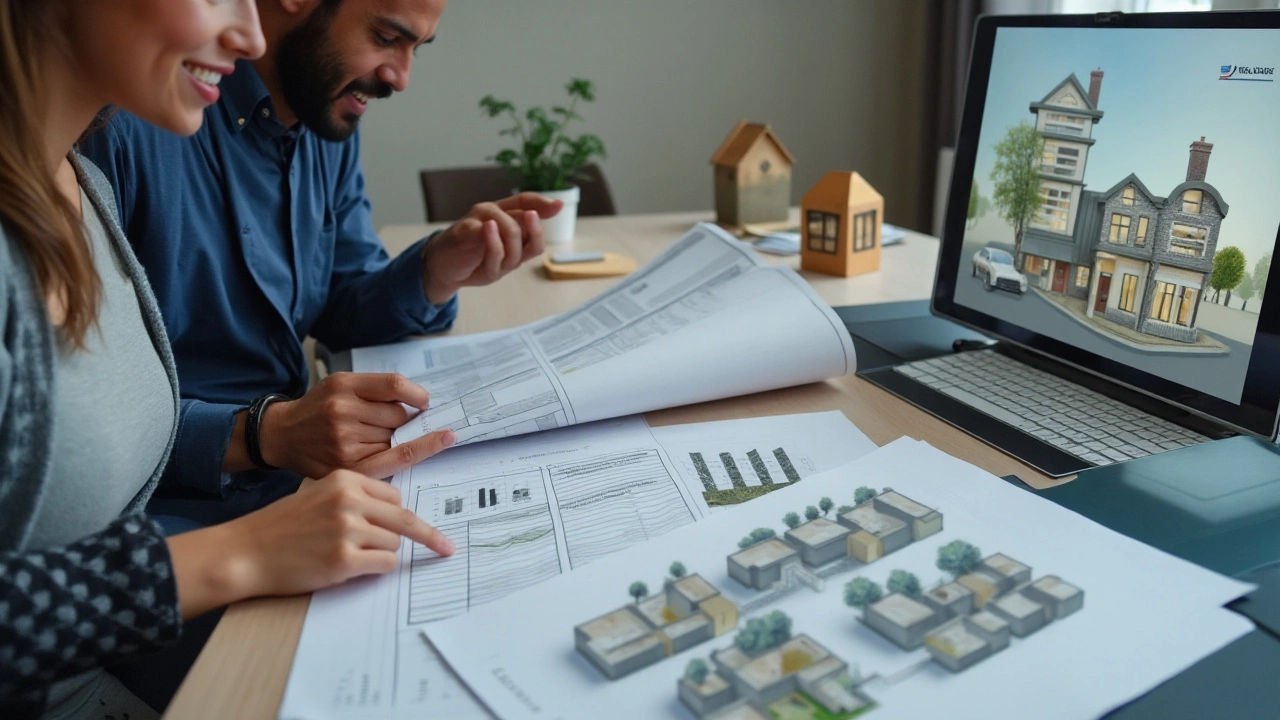Equity Percentage in Shared Ownership – A Practical Guide
Ever wonder why some shared‑ownership deals talk about owning “20%” or “45%” of a house? That number is your equity percentage – the slice of the property that actually belongs to you. It decides how much of the market rise you capture, how big your mortgage payments are, and what you’ll get back when you sell.
In a shared‑ownership scheme, you typically buy a share of the home and pay rent on the rest. If you buy a 30% share, you’ll need a mortgage for that 30% and a rental agreement for the remaining 70%. Your equity percentage is the same as the share you own, but it can change over time as you “staircase” – that’s the industry term for buying more shares later.
How to Calculate Your Equity Percentage
Start with the total market value of the property. Multiply that by the fraction you own. For example, a £200,000 house with a 25% share means your equity is £50,000. The mortgage you need is also based on that £50,000, plus any deposit you put down.
When you raise your equity, you’ll need a new valuation and usually another mortgage application. Each staircase step adds to your ownership and reduces the rent you pay, but it also means higher mortgage costs. Keep an eye on the total cost versus the potential boost in property value.
Why Equity Percentage Matters for Your Wallet
Your equity determines how much of the home's appreciation you capture. If the market goes up 5% and you own 40%, you benefit from 40% of that rise. It also affects your eligibility for certain government schemes that cap the maximum share you can buy.
On the flip side, a lower equity percentage means you pay more rent each month. That rent can add up, especially if the landlord raises it in line with market rates. So weigh the short‑term cash flow against the long‑term equity gain.
Another hidden cost is the service charge on the shared portion. Even though you don’t own that part, you still contribute to building maintenance, insurance, and management fees. Those fees are usually split proportionally, so a 50% share means you cover half of the total charge.
When it’s time to sell, you’ll need to inform the housing association or the co‑owner of your intention. Your equity percentage decides how much money you pocket after the resale price is split. If you’ve increased your share over the years, you’ll walk away with a larger slice of the profit.
Bottom line: treat your equity percentage like a lever. A bigger share gives you more control, less rent, and a larger bite of future growth, but it also means a bigger mortgage bill now. Use the staircase wisely, keep an eye on market trends, and run the numbers before each step.
